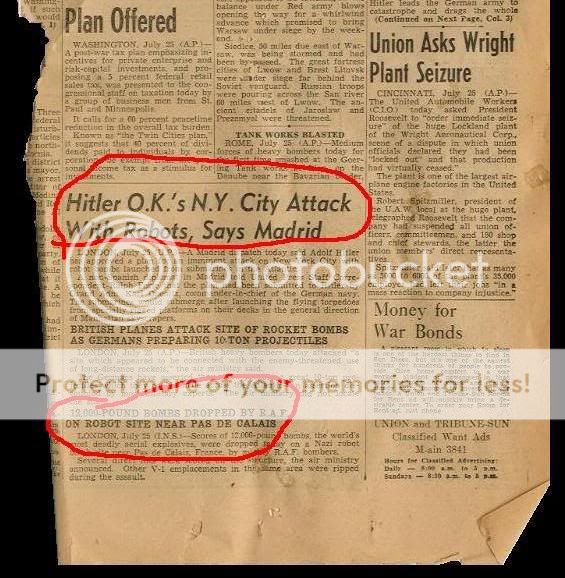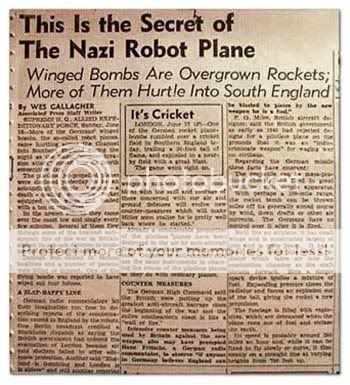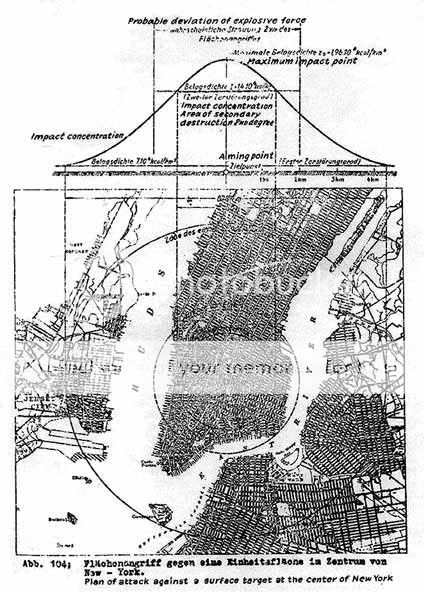Vietcong
Avation Enthusiast from VN
I saw the German nuclear bomber Heinkel He 177 and the Allied ,of course the B-29.But I think the Japanese haven't projected for their antomic bomber yet.
I saw the German nuclear bomber Heinkel He 177
Vietcong said:I saw the German nuclear bomber Heinkel He 177 and the Allied ,of course the B-29.But I think the Japanese haven't projected for their antomic bomber yet.
Ps If I remember correctly, the Japanese were interested in building a version of the HE 177 under licence.
TomS said:I'm a bit confused. How could the Germans have modified the plane to carry an atomic bomb when it's clear that they didn't have a bomb design, or even a proper understanding of the fundamental physics needed to make one?
we know there was an active nuclear program in Germany, but there are so many assumptions and inconsistencies that you cannot take the conclusions drawn by Georg all that seriously
Vietcong said:I saw the German nuclear bomber Heinkel He 177 and the Allied ,of course the B-29.But I think the Japanese haven't projected for their antomic bomber yet.
Hammer Birchgrove said:IIRC the hypothetical a-bomb would be the size of a football (soccer ball);
That sounds plausible.Lauge said:Hammer Birchgrove said:IIRC the hypothetical a-bomb would be the size of a football (soccer ball);
Wouldn't "football size" be about right for the core of an implosion type warhead (shorn of neutron reflectors, tamper, casing, etc.)? Could that have been what Heisenberg was refererring to?
Regards & all,
Thomas L. Nielsen
Luxembourg
Hammer Birchgrove said:Has anyone read this book about the He 177?
http://www.amazon.co.uk/Heinkel-He177-Greif-Heinkels-Strategic/dp/1903223938/ref=pd_sim_b_1
pometablava said:Text from Smith and Creek book:
He 177 A-5s built by Heinkel (HWO) Oranienburg - W.Nr. 550001 to 550006 (5 aircraft)
W.Nr. 550002 KM+TB He 177 V38: First flew on 15 December at Brandenburg piloted by Peter, transfered to E-Stelle Tarnewitz on 27 April 1944, prototype with two MG 131 Js in A2-Stand, FuG 216 and FuG 200 radar tests during May 1944, assigned to Erprobungsstelle Werneuchen, found at the end of the war at Cheb in the Czech Republic.
mz said:Ok, for the sake of discussion, how would reaching USA work operationally?
mz said:Ok, for the sake of discussion, how would reaching USA work operationally? The 177 had a short range, some 1600 km, no? A ferry range of some 3000 km. Let's assume you don't fly back but ditch and the crew is picked by a sub. It's 6000 km from mainland Europe to the US east coast.
Either you refuel somewhere crazy like in Greenland. Or then refuel in the air. The latter was tested earlier already, no? You probably still need multiple refuelings and a chain of aircraft with tankers refueling far out tankers etc... The last refueling would have to happen quite close to the US, some 2000 km out perhaps.

Jemiba said:mz said:Ok, for the sake of discussion, how would reaching USA work operationally?
"Don't bother me with facts, my mind is already made up !"...
The summary of his research is, that such a high-tech development was highly unrealistic,
due to the circumstances in Germany during the closing stages of the war.
edwest said:He 177s were found in France that had been fitted with Saenger ramjets on top.

According to documents, the Americans were expecting an attack from a stratospheric bomber, or a U-boat, or an intercontinental missile.

Fortunately, in July 1945, Life magazine carried several pages that summarized the end of the war in Europe. "By the Skin of our Teeth" was the headline. The rest of the text gives a clear view that the contest was much, much closer than later accounts would suggest.
There were two other programs, one through the HWA and another run by the SS. Much like the American Manhattan Project, elements were spread out.
The book Nurfluegel by Reimar Horten and Peter F. Selinger, has a photograph of a pilot in a full pressure suit sitting in the cockpit of an Ho IX. That the Germans had developed a full pressure suit was confirmed in the book, Suiting up for Space by Lloyd Mallan. The manufacturer was the Draeger company.

He 177s were found in France that had been fitted with Saenger ramjets on top.

According to documents, the Americans were expecting an attack from a stratospheric bomber, or a U-boat, or an intercontinental missile.



Fortunately, in July 1945, Life magazine carried several pages that summarized the end of the war in Europe. "By the Skin of our Teeth" was the headline. The rest of the text gives a clear view that the contest was much, much closer than later accounts would suggest.
Did you know that Iraq *almost* won the Gulf War?
There were two other programs, one through the HWA and another run by the SS. Much like the American Manhattan Project, elements were spread out.
Unlike the Manhattan Project, the German bomb effort was an inefficient mishmash of *several* competing bomb efforts, each consuming rare resources, not communicating with each other and in general playing holy hell with the stereotype that Germans are efficient and know how to develop things.
The book Nurfluegel by Reimar Horten and Peter F. Selinger, has a photograph of a pilot in a full pressure suit sitting in the cockpit of an Ho IX. That the Germans had developed a full pressure suit was confirmed in the book, Suiting up for Space by Lloyd Mallan. The manufacturer was the Draeger company.
Meaningless. The US *also* had full pressure suits, and far further along and better developed than the German ones. The reason? High altitude conventional aircraft, not exoatmospheric spaceplanes.

Kiwiguy said:He 177s were found in France that had been fitted with Saenger ramjets on top.
Orionblamblam perhaps I can assist Ed here?
I think he refers to photos of the Do-217K test aircraft
Did you know that Iraq *almost* won the Gulf War?
I don't recall Ed saying that?
It is worth taking the time to read very closely David Irvings excellent work "The Mares Nest," about Germany's nuclear weapon projects.
Not so meaningless when you take into account German documents disclosing that after 13 trial flights of a winged A4b that it was ready for production at Ebensee's "Zement" facility.
Also that with the fall of east Germany Court documents came to light of a judicial enquiry into an underground rocket sled in the Jonas Valley near Ohrdruf. The enquiry which cites both concentration camp witnesses to the giant underground rocket launcher and local residents who witnessed launches of the winged V-2 rocket briefly became public knowledge until West German authorities under pressure from the US Government classified the enquiry report.


